Latium Latinus (the Roman form of the Greek Lateinos), and Lateo, “to lie hid,” all alike come from the Chaldee “Lat,” which has the same meaning. This is evident from the name of the fish Latus, which was worshipped along with the Egyptian Minerva, in the city of Latopolis in Egypt, now Esneh, that fish Latus evidently just being another name for the fish-god Dagon. We have seen that Ichthys, or the Fish, was one of the names of Bacchus; and the Assyrian goddess Atergatis, with her son Ichthys is said to have been cast into the lake of Ascalon. That the sun-god Apollo had been known under the name of Lat, may be inferred from the Greek name of his mother-wife Leto, or in Doric, Lato, which is just the feminine of Lat. Dagon was venerated by the Philistines whom the KJV turned into Palestinians. By order of emperor Hadrian the Holy Land was renamed Palestine.
The ancient name of Rome was Saturnia, the city of Saturn. Saturn was the “father of gods”, also called the Father of Zeus (Jupiter) Saturn was also known as Kronos and he was known as the first King of Babylon. Hislop in his The Two Babylons quotes Eusebius who stated that “Saturn or Belus was the first king of Baylon.” Belus, of course is the Greek word for Baal, as is generally known. “It was an essential principle of the Babylonian system that the Sun was or Baal was the only god. - wrote Hislop. Saturn was also known as Lateinos and Lateinos was identified by Virgil as the “child of the Sun”.
It should be reminded here that the Etruscans, called themselves Rasena; and the descendants of the most ancient families always believed that the Rasena had come from the great and ancient city of Resen or RSN, the capital of Aturia in the land of Assyria situated on the great river Tigris. In the country of Ethiopia, where the Pharaohs had granted lands to a group of no less than 240,000 Rasenas, they built the town of Esar – that was the Etruscan word for demigod. From Egypt they had brought many of their sacred rites; for many centuries they used to place Egyptian things and implement in their tombs.
Franz Cumont in his Astrology and Religion Among the Greeks and Romans wrote: “From astronomical speculations the Chaldeans had deduced a whole system of religious dogmas. The sun, set in the midst of the superimposed planets, regulates their harmonious movements. As its heat impels them forward, then draws them back, it is constantly influencing, according to its various aspects, the direction of their course and their action upon the earth...The Babylonian rules wore solar crosses on their chests, exactly, like the Catholic Bishops do.
2 Ki 23:11 And he took away the horses that the King of Judah had given to the sun, at the entering in of the house of the Lord, by the chamber of Nathanmelech the chamberlain, which was in the suburbs, and burned the chariots of the sun with fire. The Catholic translations of Is 27:9 (So that the Asherim and the sun images shall rise no more) avoid the term ‘sun-images’ replacing it by ‘objects of cult’.
At Deuteronomy 17:2-3, we read further about Israelites "whoring after" sun worship and astrotheology: "If there is found among you, within any of your towns which the LORD your God gives you, a man or woman who does what is evil in the sight of the LORD your God, in transgressing his covenant, and has gone and served other gods and worshiped them, or the sun or the moon or any of the host of heaven, which I have forbidden..."
Invicta Roma was the Empire of Sol Invictus or Kosmokrator (Ruler of the Cosmos) and as such was “destined to rule the whole world” (Virgil). When Rome succumbed to Jesus it did not embrace him as a Jewish teacher but as the sun god Helios (Apollo) whose halo used to symbolize divine rank of Roman emperors. For centuries, the Roman propaganda, especially Cicero’s, proclaimed that the Jews were “a nation born to servitude,” like all other conquered “barbarians”. The same author, while popularizing the Pythagorean heliocentrism in his Dream of Scipio speaks of the sun as “the Lord, chief and ruler of the other lights, the Mind and guiding principle of the universe.”
Virgil's Heliocentrism
The Sibylline books have been the source of the inspiration of Virgil; Apollo was believed to have revealed the Sibylline Books which, according to tradition emanated from a Sibyl or trance-medium at Cumae, near Naples (Cp. “they were all filled with the Holy Spirit in the shape of tongues of fire).
Quid faciat laetas segetes, quo sidere terram vertere-
Maecenas, ulmisque vitis conveniat
(Virgil Georgica, 1-2;1-4)
Virgil is saying that the earth is in fact spinning! Virgil identifies the sun as a star amongst many others. How could Virgil be talking about the sun as a star (which is exactly what modern science teaches us).
The works of Classical authors of ancient Greece or Rome were transcribed throughout the middle ages. These copies were made in monasteries, often many hundreds of miles apart from one another, throughout Europe. Yet despite the distances involved and the lack of communication between these diverse centers of culture and learning, no discrepancy has ever been detected between the manuscript copies of Virgil’s works, thereby attesting to their perfect, preservation.
It should also not be forgotten that Virgil’s influence has never waned in Western culture - even among Christians. Indeed, Virgil acted as mentor and guide for the Florentine poet Dante Alighieri (1265-1321 CE) in his The Divine Comedy. Virgil accompanies Dante into the circles of an imagined Hell where, among the schismatics, deceivers and scandalmongers, they see the writhing body of one of the condemned, a certain Mahomet. Inspired by Virgil, Dante gives a vivid and ominous description of this inmate of the Inferno:
“See Mahomet, how he is mutilated. Between his legs all of his red guts hung with the heart, the lungs, the liver, the gall bladder, and the shrivelled sac that asses faeces to the bung.” (Canto XXVIII). Interestingly, Dante's “Jove for mankind crucified” was Vigil's God of his heliocentrism:
Tum pater omnipotens fecundis imbribus Aether
coniugis in gremium laetae descendit, – (Virgil, Georgics II)
Then Aether, sire omnipotent, leaps down
With quickening showers to his glad wife's embrace,
All the ancient nations deified AEther in its imponderable aspect and potency. Virgil calls Jupiter, Pater omnipotens AEther, "the great AEther."The Hindus have also placed it among their deities; under the name of Akasa (the synthesis of AEther). And the author of the Homoiomerian System of philosophy, Anaxagoras of Clazomenae, firmly believed that the spiritual prototypes of all things, as well as their elements, were to be found in the boundless Ether where they were generated, whence they evolved, and whither they returned. Virgil in his Aeneid writes about the pure ether of the soul.
Raining of Light from Heaven
In all rationalistic and materialistic philosophies Heaven becomes impersonal (like impersonal Brahma which became Aristotle's energeia, the substance of God, which inspired the substance of the Nicene Creed) – it is nature and natural process and accordingly the heliocentrism replaces creation with emanation; light as the emanation from the sun becomes the primary form of corporeal matter, which by multiplying itself outward from the center of radiation produces the physical world. In this sense Heraclitus spoke of “all things as an exchange for fire and fire for all things” Similarly Galileo regarded wine as mixture of light and moisture, and the Sages of the Lagado Academy in Guliver's Travels tried to extract light from cucumbers. In one of the early Greek hymns the sun “transforms water into human beings” and only against this philosophical background one could properly understand the “Children of Light” in the Gospel of John “as children born not of natural descent, nor of human decision or a husband's will, but born of sun God” (1:18; see below about Katie King). In the Russian prose epic 'Slovo o pulku Igoreve” of the 12th century, Vladimir and the Russians called themselves the grandchildren of Dazhbog, the god of sun and fire” Dazhbog played a significant part till long after Christianization because of his connection with the fire and the Slavs' worship of the hearth as a sacred place in the house. The Polish name Kupala (a phallic deity) later used in folk ritual in connection with the fire worship, stands for the same idea.
At the heart of both of these understandings of the Descent of the Soul is the Emanation of living streams of "being" and "intelligence" from the first fount of all things; the "First Cause" of all. For simplicity sake let us call this "First Cause" the "Absolute", "The One", or "Ain Soph" by the familiar term "God".In the Egyptian Religion this condition of "non-being" was termed "Nun", and translates as "the deep".
"Water ascends toward the sky in vapors; from the sun it descends in rain, from the rain are born the plants, and from the plants, animals" (Manu, book iii., sloka 76).
One of the earliest forms of Emanation described is expressed in the Great Ennead of Heliopolis in ancient Egypt. This is a hierarch of Divine "god-goddess pairs" which are Emanated from a single source of Being (Nun). It was Plato that introduced this same idea of Emanation to the Greek-speaking world, and his ideas were developed continuously over the 1000 year duration of the Platonic Academy in Athens.
From this One through a process of Emanation from "The One" life pours forth its power and essence in streams, called "rivers of vivification" like the Ganga river in the Hindu Myth, "from on high as far as to the last of things," bringing all forms of life into existence and enouling all forms with more or less of its own mighty being.
The central Sun of the Babylonian myth is a fountain of 'living waters,' healing 'waters' or of healing energy (the Aryan term Brahmah means 'energy'). Ancient wisdom traditions maintain humans, and all other beings in our galaxy, emanate from and share a common home: the Central Sun at the core of our Milky Way galaxy.
The pagan religious traditions of Arabia show great diversity. The Southern Arabia had ‘Athar, the god of thunderstorms and rain. "Two others, the Rig and Athar teach us fraternity, Sheltering under their lustre dispels darkness till eternity" (This poem was written by Labi-Bin-E- Akhtab-Bin-E-Turfa who lived in Arabia around 1850 B.C.)
The god Athar (Ether) inspired the following verse in the Qur'an, which is friendly toward Rome.
"It is He who created the night and the day, and the sun and the moon, all (the celestial bodies) swim along, each in its orbit with its own motion. (21:33)"
Abdullah Yusuf Ali commented on this verse: “...the metaphor of swimming implied in the original words how beautiful is to contemplate the heavenly bodies swimming through space (or ether) in their rounded courses before our gaze.
This global solar religion of Nature is reflected in various languages. Salverte in his Des Sciences Occultes, observed: "Almost all the Tartar princes, trace their genealogy to a celestial virgin, impregnated by a sun-beam, or some equally miraculous means." In India, the mother of Surya, the sun-god, who was born to destroy the enemies of the gods, is said to have become pregnant in this way, a beam of the sun having entered her womb, in consequence of which she brought forth the sun-god.”
The name of Persian sun god Sure is cognate with Chaldean zuhr (“to shine”), zuhro (“the Shiner” cp. Zorro) and, of course zuro (“the seed”) because a beam of light was also an impregnating seed (Cp. Justin Martyr's Logos S[permatikos). The name Pyrisoporus, as aplied to Bacchus, means Ignigena, or the “Seed of Fire”, and Ala-sporos, the “Seed of God”, is just a similar expression formed in the same way.
The Poimandres writer fell into a deep and heavy trance, in which there appeared to him a being who introduced himself as Poimandres (Shepherd of Men), “the Mind of Authority.” Poimandres then shows the mystic a vision, in which he sees a great light and great darkness, respectively reality and matter. From the light comes “a Holy Logos,” ... the “shining Song of God,”: who proceeds from Mind itself...
The name Lingam appears as a name of Shiva in the Shiva Sahasranama where it is translated by Ram Karan Sharma as "(Identifiable as) a symbol of the origin of the Universe. Copernicus's expression “family of stars” belongs to the teachings of the Aryan cosmogony. A few years ago, Father George Coyne, head of the Vatican Observatory Research Group suggested that we might view stars as God's sperm, which is the basic teaching of the Aryan cosmogony. Philo called the thoughts of the Logos logoi spermatikoi and described them as having a role in the production of the cosmos which, he insisted, was brought into being out of non-being by the agency of God. In the Hindu Myth when the desire arose in it (i.e. in the sun god in the shape of linga (phallus) “the creation” or rather emanation or emission (ejaculation) of semen followed. The Christian heretic Justin who envisaged Jesus as ever-existent “seed-sowing Reason” believed that the good God was an erect phallus, like Shiva (Hippolytus, Refutation 5.7.21-22).In the beginning there was sexual desire. John Paul II's Theology of the Body was inspired by this teaching. Like Copernicus, also Kepler believed that the stars were born of the semen of the sun god (disseminated is derived from Latin semen, seed).
Virgil's “quickening showers” became Newton's “precipitations”
Since time immemorial astrology went hand in hand with the theory of emanationism, philosophical and theological theory that saw all of creation as an unwilled, necessary and spontaneous outflow of contingent beings of descending perfection, from an infinite, unchanged primary substance. In conformity with this theory Kepler wrote about “species immateriata” which flows out of the sun, inundates all the planets, including the earth, and sets them in whirling motion. Newton, like Kepler, was influenced by the same Hermetic tradition. He felt that the apparent attraction of tiny bits of paper to a piece of glass that has been rubbed with cloth results from an ethereal effluvium that streams out of the glass and carries the bits of paper back with it. This mechanical philosophy explained apparent attractions away by means of invisible ethereal mechanisms. The ancient heliocentrist, Egyptian pharaoh Akhenaten had himself portrayed sitting in the sun’s rays ending in hands. For him these rays ending in hands had the same meaning as ethereal effluvium had for Newton.
Some of Newton's early ideas derive the aether from the principles of continuity and mixture in a picture surprisingly close to the basic Stoic assumptions:“Perhaps the whole frame of nature may be nothing but various contextures of some certain aetherial spirits and vapours, condensed as it were by precipitation...and after condensation wrought into various forms...Thus perhaps may all things be originated from aether.” In 1887 Albert a. Michelson and Edward W. Morley, conducted an experiment that put an end to the ether concept.
In the Stoic doctrine, which is solar mythology dressed up as philosophy, bodies are made up of two principles, a passive, matter, and an active principle, form; but form itself is corporeal. It is warm vapour (pneuma), or fire, yet fire distinct from the element of this name; it is primitive fashioning fire (pyr technikon), sungod. The often-quoted Stoic sentence, “Nature is an artistically working fire, going on its way to create,” should be reminded in this context. The Vedic god Syria was a solar bull. According to the Assyrians, the bull was born of the sun. There is a long history behind John Bull, the symbol of the Britons.
The following passage presents Pliny's very Copernican heliocentrism:“Upheld by the same vapour between earth and heaven, at definite spaces apart, hang the seven stars which owing to their motion we call 'planets...' And the houris are various contextures of the same aetherial spirits and vapours... The Apollo astronaut Russel Schweikart, a New Ager, of course, (See, Gaia, Evolution and the Significance of Space Exploration, JS Journal, published by International Synergy (December 1987; 2:2, p. 29) “was the first person to walk in space without an umbilical cord to the craft, swept along by the magical, invisible connection of shared momentum,” believes that Gaia may be nearing some sort of threshold analogous to giving birth.
Carl Sagan, a New Ager, a lunatic chasing Kepler’s Lunarians and one of the High Priests of the scientific establishment, expressed the gist of Copernicus’s belief in “family of stars” as follows: “Our ancestors worshiped the sun, and they were far from foolish. It makes good sense to revere the sun and the stars, because we are their children.”
Newton's idea was to explain the force of gravity by the gradually varying degrees of density of the ethereal medium In his letter to Oldenburg before, he says: “But it is not to be supposed that this medium is one uniform matter, but composed partly of the main phlegmatic body of aether, partly of other various aethereal spirits, much after the manner that air is composed of the phlegmatic body of air intermixed with various vapours and exhalations. For the electric and magnetic effluvia, and the gravitating principle seem to argue such variety. The principle of differentiation by mixture propounded here is very similar to that of the Stoics which we would trace back to that of Diogenes of Apollonia. Pneuma, it is true, had gradually become the “fifth element”, identified with aether, and was probably in the course of time detached from its origins and regarded as a simple substance. The Aryan idea of castes (i.e. Darwin's “favoured races”) and Stalin's idea of purges are rooted in such a teaching. But the pure ether of the soul remains (Virgil)
Science/Mysteries.uk: Darwinian Creation by Precipitation
Sextus Empiricus, gives us the reason on which the Pythagoreans and Empedocles based their belief that the fellowship of men is not only with one another and with their gods, but also with animals: for there is one spirit (pneuma) which pervades, like a soul, the whole universe, and which also makes us one with them.” This link between gods, men and animals was observed in the Egyptian Theozoology. Theosophy is a follow up of this Egyptian Theozoology.
The Stoics regarded the pneuma as the generator of physical qualities. Chrysippos in his On Physical State wrote: The physical states are nothing else but spirits, because the bodies are made cohesive by them. And the binding air is the cause for those bound into such a state being imbued with a certain property which is called hardness in iron, solidity in stone, brightness in silver.” (...) Matter, being inert by itself and sluggish, is the substratum of the properties, which are pneumata and air-like tensions giving definite form to those parts of matter in which they reside.” Physis expresses organic structure and psyche the structure of the living being.
Jupiter, the omnipotent Ether of Virgil was the Roman counterpart of Zeus. Cleanthes, Zeno’s successor as head of the Stoic School, emphasizes the religious side of the Stoic doctrine in his HYMN TO ZEUS: “Most glorious and omnipotent Zeus, ruler of Nature, worshiped under many names, by whom all things are governed in accordance with Law, hail to thee! From thee we are born...” Cp. Virgil’s Magnus ab integro saeculorum nascitur ordo; In the Latin tradition the words ‘God’ and ‘Nature’ are interchangeable.
Well, Sir William Crookes, Physicist, chemist and a President of Royal Society, claimed to have seen materialized, by scientific precipitation spirit forms, or spiritual bodies walking and talking during séances He invited the two secretaries of the Royal Society, Professor Stokes and Sharpey, to visit his home to witness the phenomena for themselves – an invitation which neither of them accepted. Sir Crookes himself materialized a spirit whom he named Katie King and described her in such words:
"Round her she made an atmosphere of life;
The very air seemed lighter from her eyes;
They were so soft and beautiful and rife
With all we can imagine of the skies;
Her overpowering presence makes you feel
It would not be idolatry to kneel!"
(See his pamphlet The Last of Katie King, p. 112)
Katie King was the first houri materialized by scientific precipitation on earth!
Darwin, writing to Sir Francis Galton on 23 Jan. 1872, said: “Have you seen Mr. Crookes? I hope to heaven you have, as I for one should feel entire confidence in your conclusion!” In 1874 after reading Crookes’s Notes of an Enquiry into the Phenomena Called Spiritual, Darwin remarked in a letter to Lady Derby, “If you had called here after I had read the article you would have found me a much perplexed man. Cannot disbelieve Mr.Crookes’s statements, nor can believe his results!” Galton did indeed call in Crookes, and he was soon able to report to Darwin, in a letter dated March 28, 1872: “Crookes is working deliberately and well.” Three weeks later Galton wrote: “Crookes, I am sure so far as it is just for me to give an opinion, is thoroughly scientific in his procedure. I am convinced; the affair is no matter of vulgar legerdemain.”
One of the early pioneers of Spiritualist inquiry was the Ghost Society at the University of Cambridge, England. The Founders of Psychical Research records the stated objective of the Cambridge Ghost Society: "In 1851, was founded at Cambridge a Society to 'conduct a serious and earnest inquiry into the nature of the phenomena vaguely called supernatural,' and a number of distinguished persons became members."
Col. Henry S. Olcott, one of the founders of Theosophical Society together with his Russian-born wife Helena Blavatsky who actively pursued the “whoredom of spiritualism” first came on the public horizon in 1874 as a journalist sent by the New York Graphic to investigate and write up alleged spiritualistic phenomena occurring in the Eddy family in Chittenden, Vt. He was there from August to December 1874, wrote his letters to his paper, and afterward (early in 1875) published his book called People from the Other World. (Now they turned into aliens).This included besides the Eddy affair, the Katie King business of 1874-5 which deceived Ch. Darwin so sadly. It is one of the best ghost books extant, full of spectral pictures (there was a ghostly fiction named John King, at full length floating in space, holding up a peculiar globe of light shaped like a glass decanter. This picture was taken in Europe and in Russia), not a word of truth in the text and redolent with the flavor of gullibility. Olcott knew that every phenomenon he described was fraudulent, and when somebody proposed to show up the Eddy tricks in their true light, Olcott begged for God's (sic!) sake not to have it done because 'it would injure the sale of his book.'
In 1874, Walt Whitman was invited to write a poem about the Spiritualism movement, to which he responded, "It seems to me nearly altogether a poor, cheap, crude humbug." W. Whitman believed in Biblical geocentrism.
The Richard Dawkins Delusion
THE SCIENTIFIC PROOF OF SURVIVAL AFTER DEATH --We have had the experimental proof of survival after death ever since Sir William Crookes published the results of his experiments in the leading scientific journal of his day - The Quarterly Journal of Science - in 1874. These were repeatable experiments under laboratory conditions. International teams of scientists then repeated the experiments and obtained the same results. People who had once lived on earth came back and proved to these scientific teams that they had conquered death and were still very much alive. This is what Professor Charles Richet, the French Nobel Laureate for medical science, said about the experiments: "There is ample proof that experimental materialisations should take definite rank as a scientific fact." (Michael Roll, The Scientific Proof of Survival after Death) Somebody, would materialize Jesus Christ, please.
Saturday, July 31, 2010
Subscribe to:
Post Comments (Atom)

















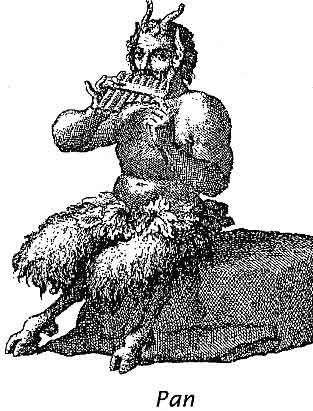














































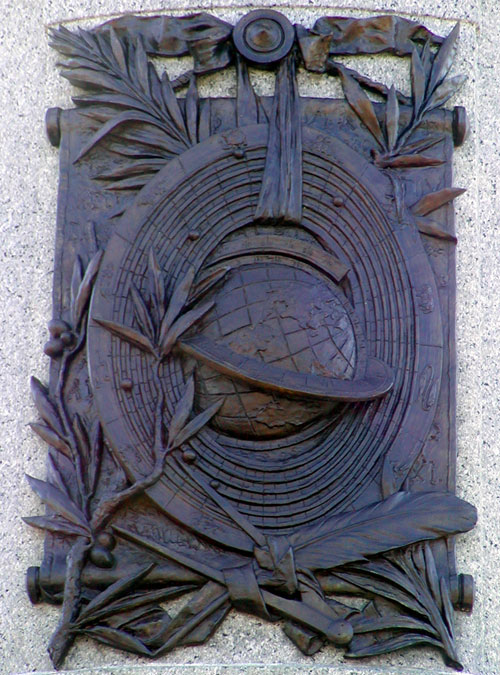







































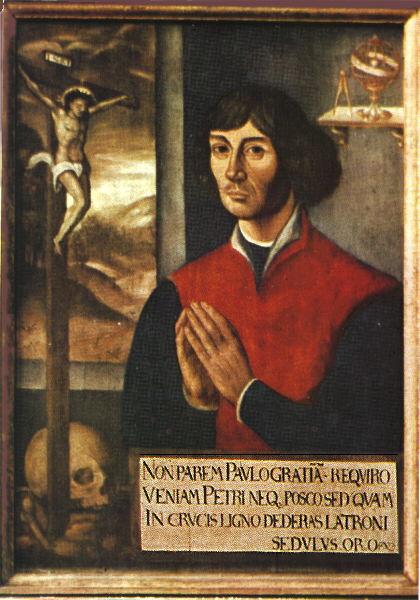















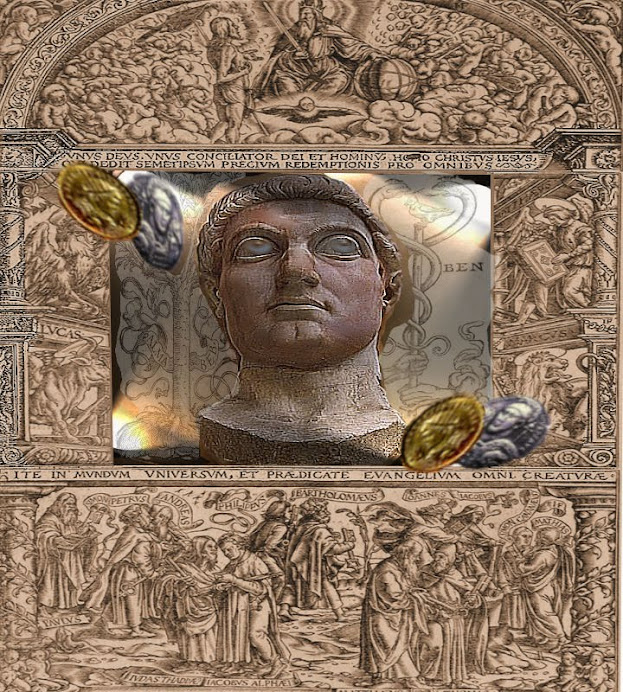



















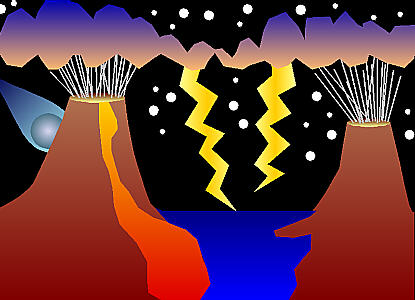


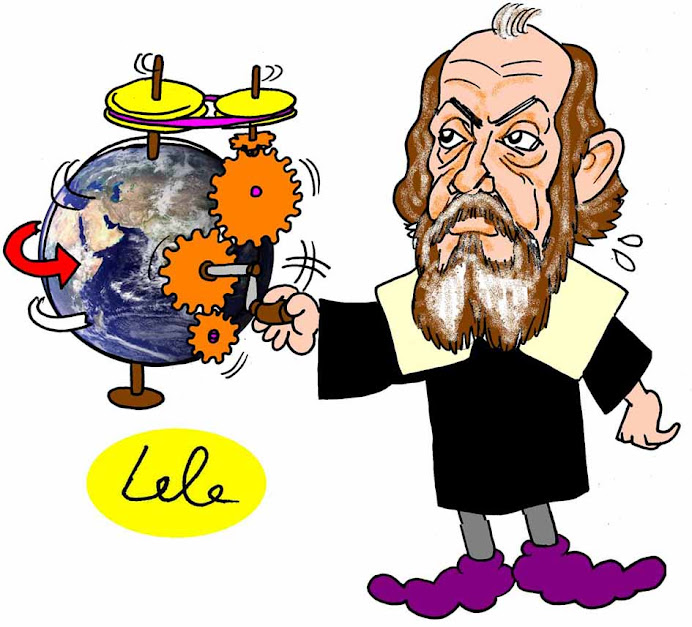













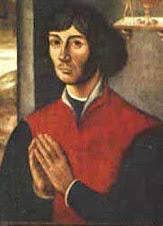.jpg)



















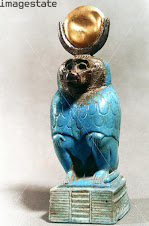








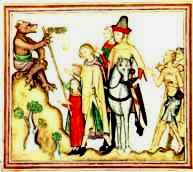

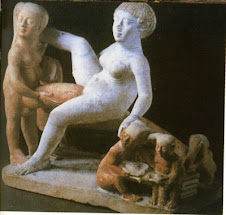











.jpg)





























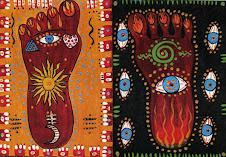
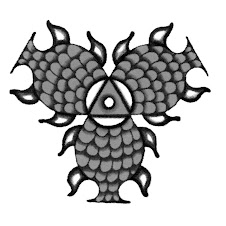











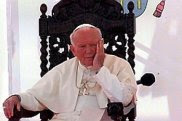















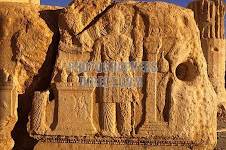
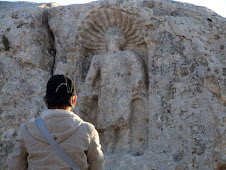






.gif)































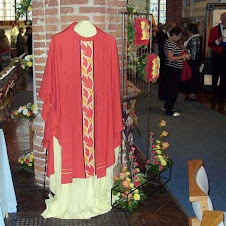




















































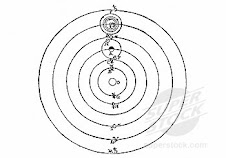

.jpg)













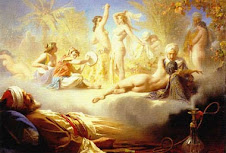
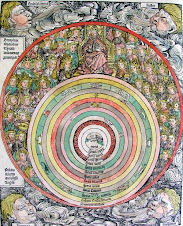












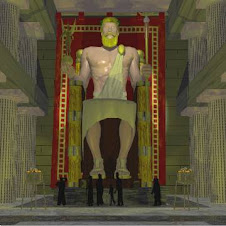


















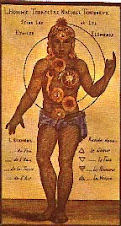

















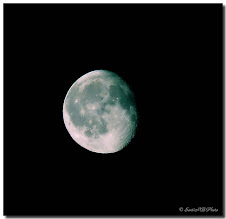




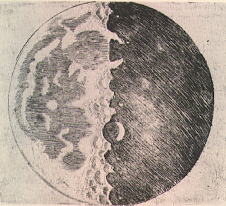




















































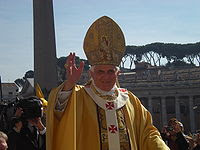

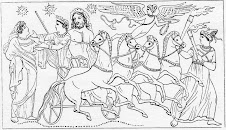








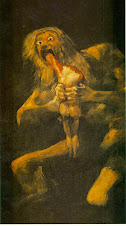




















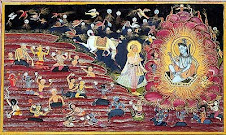

















++of+the+Sun+god..jpg)

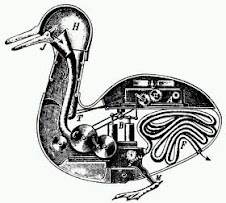











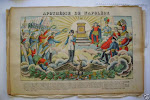



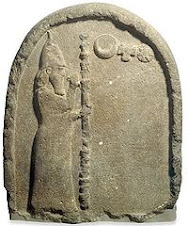





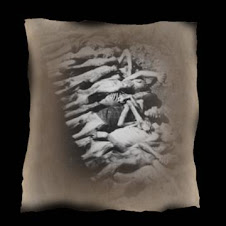




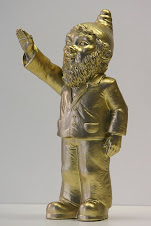
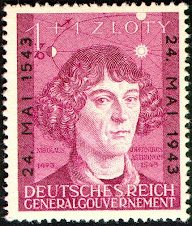








No comments:
Post a Comment